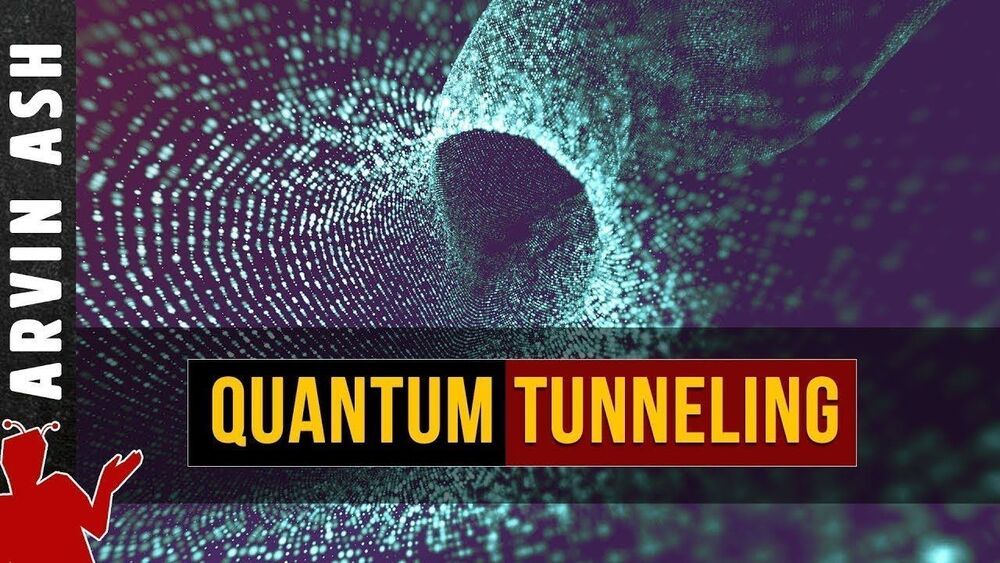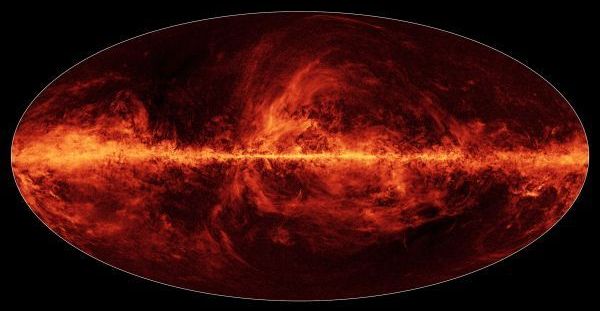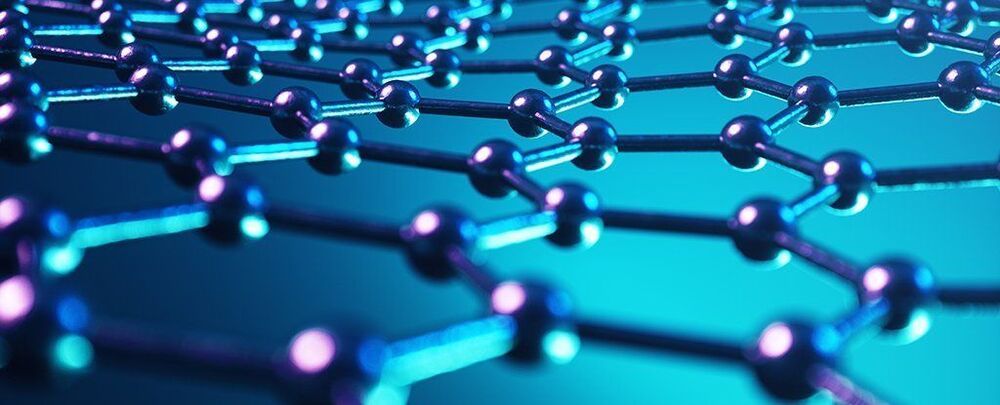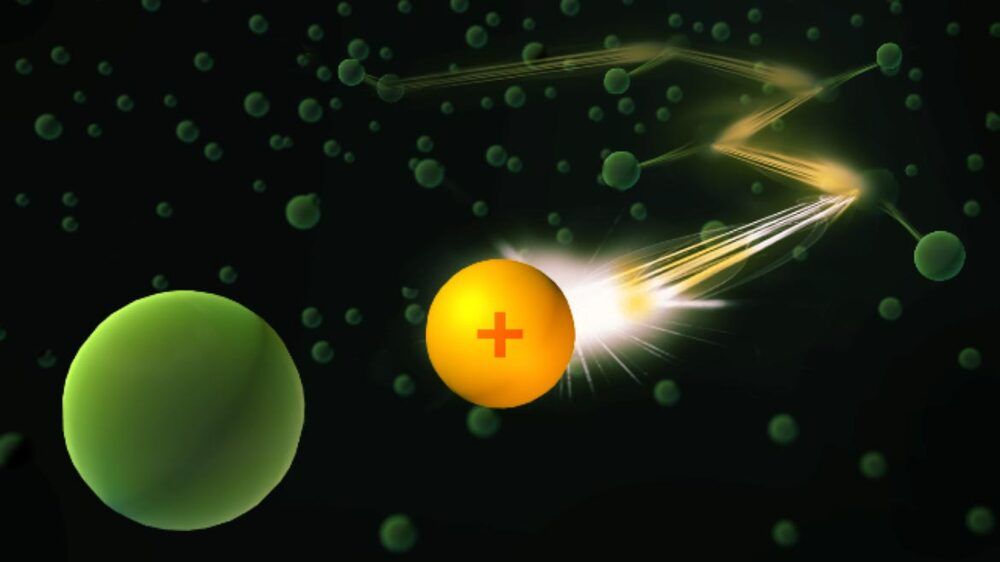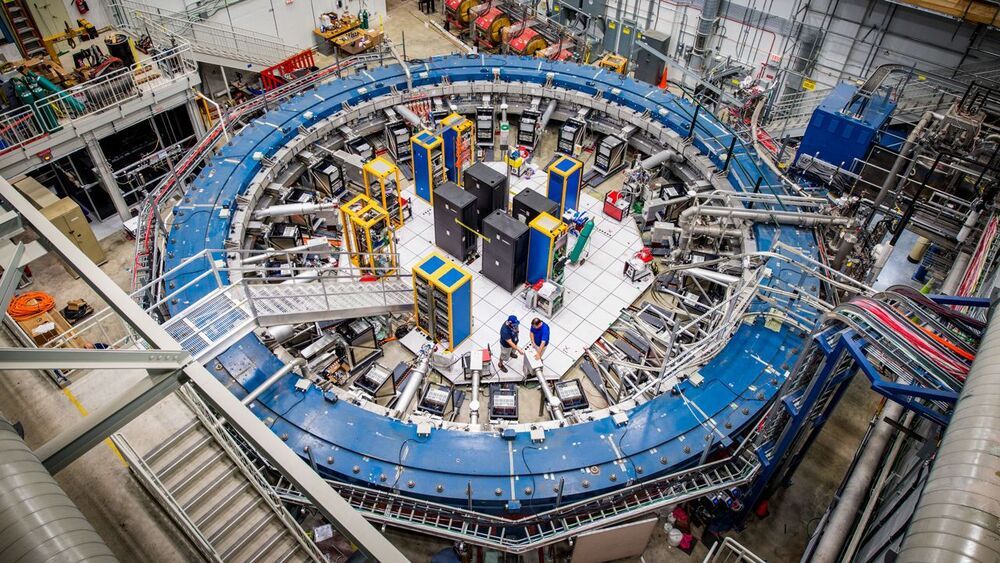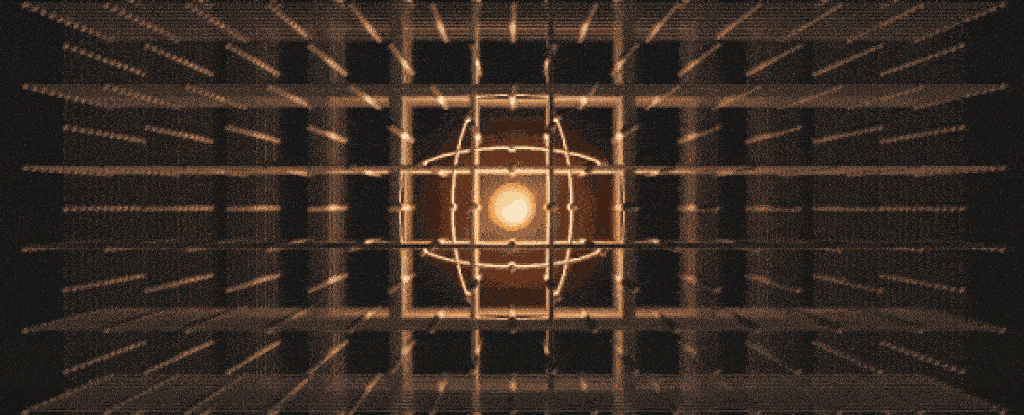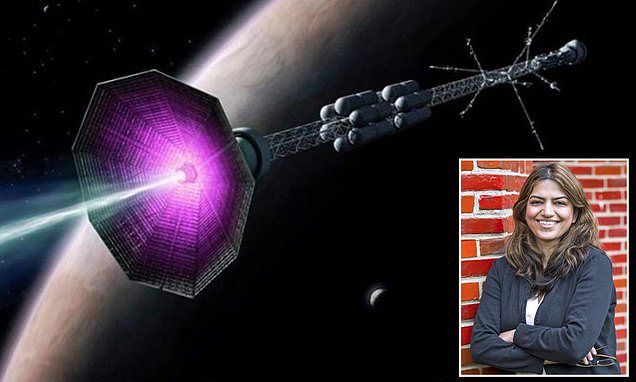
Hydrogen. In theory, it’s the perfect fuel. Run it through a fuel cell and you get electricity, water vapor, and heat. Doesn’t get any more Earth friendly than that, does it? There is theory and then there is reality, starting with where one gets the hydrogen in the first place. It is one of the most abundant elements on Earth — every molecule of water has two hydrogen atoms and there is a lot of water in the world.
Then there is the whole universe of hydrocarbons from gasoline to plastics. By definition, there are hydrogen atoms in all of them and that’s the problem. Hydrogen is so reactive it bonds with everything. Getting pure hydrogen means breaking the chemical bonds that bind to other elements. Keeping it sequestered in its pure state is a whole other conundrum.
Assuming all those challenges are overcome, then comes the question of how to distribute it so it can be used to power the fuel cells in vehicles. A DC fast charging installation might cost $300000 but a hydrogen refueling station can cost $3 million. Compressing it, trucking it, and storing it all present additional hurdles to consider.

